Google’s algorithm is one of the most sophisticated in the world – which means if you’re selling on Google, you’ll need to get under the hood, so to speak.
Google Shopping feed management requires a granular approach by micromanaging your data feeds, bidding strategies, and product descriptions. The question is, where do you start?
In this guide, we’ll discuss the some good ways to optimize your Google Shopping campaigns. You’ll find six effective strategies to maximize the performance of your Google Shopping ads, product feeds, and e-commerce business in general. But first, let’s review the fundamentals of how Google Shopping works.
E-commerce fundamentals: Google Shopping optimization
Google Shopping involves a few different moving pieces that fit together like clockwork to make up the online shopping process. Let’s talk a little about the Google Merchant Center, your Google Ads account, and how they fit together.
Google Merchant Center
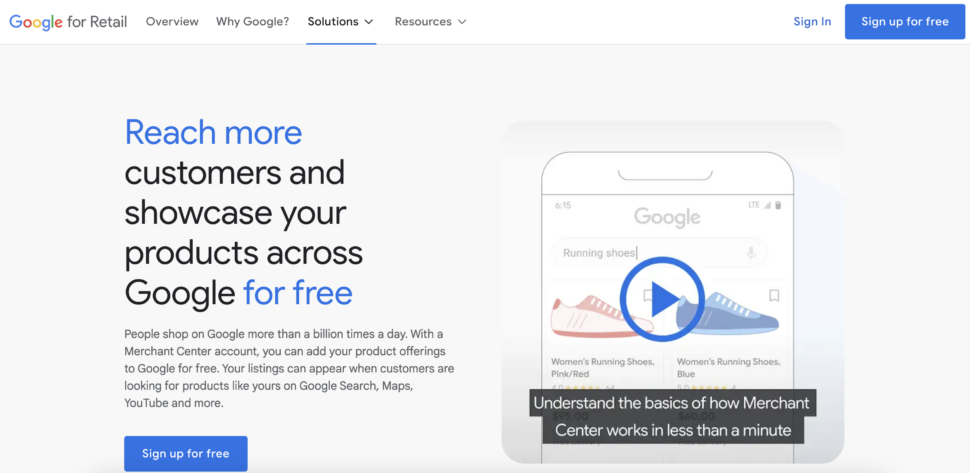
The Google Merchant Center is like your home base. It’s where you store all your product data (your Google Shopping feed) and enables your products to show up in potential customers’ Google search queries. If you’re already using another e-commerce platform like Shopify or BigCommerce, you can often connect those product listings automatically.
You can set up an account with the Google Merchant Center for free, although you’ll have to invest time and elbow grease to maximize its efficiency.
Google Ads account
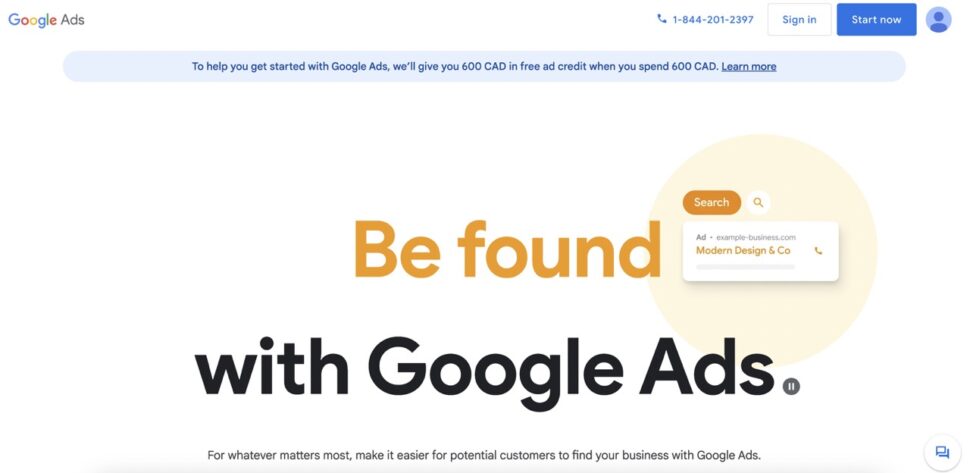
Although your products will still show up in Google search queries without ads, they won’t show up as often or in the best spots. The truth is, Google Shopping ad campaigns run the show. If you don’t invest in Google Shopping ads, your competitors probably will – but don’t worry, they’re designed to be affordable with scalable pricing.
Product ads are pay-per-click (PPC) which means you only pay when someone clicks on your ad. Sellers bid on search keywords, and the winner’s product ad is shown in search queries for that keyword. If your bid is too low, your ad won’t get shown, but you also won’t pay anything.
Creating a Google Ads account is free, but it costs money to run product ads. The good news is that you can automate how much you spend with Google Smart Bidding and Smart Shopping, which we’ll explain below.
What product data does the Google Shopping ads algorithm use?
As you might have guessed, Google Shopping operates through the Google search engine. Customers type in search queries for products they’re looking for, and the Google algorithm shows them the best matches.
So how do you get your product pages or ad campaigns to appear in relevant searches? You need to use the high-quality product data that Google’s algorithm looks for.
In particular, Google prioritizes:
- Product titles — do the keywords in your product title match the search queries for particular product brands, variants, and details like size or color.
- Unique Product Identifiers — UPIs, or Unique Product Identifiers, are universal codes for product attributes like GTIN, UPCs, or other SKUs. They’re entered in your Google Merchant Center data feeds.
- Click-through rates — your product’s CTR, or click-through rate, is the ratio of people who see your ad and people who click your ad. Essentially, your CTR monitors how successful your product is at getting clicks, which determines how desirable Google’s algorithm considers your product or ad.
- Product description — your product description is a second chance to mention any relevant keywords that didn’t fit in the title. It’s useful for listing product attributes like variants.
- Google Product Category — another crucial product attribute in your data feed is the Google Product Category. Choose the best match for your product group within the preset category tree.
1. Research positive and negative keywords
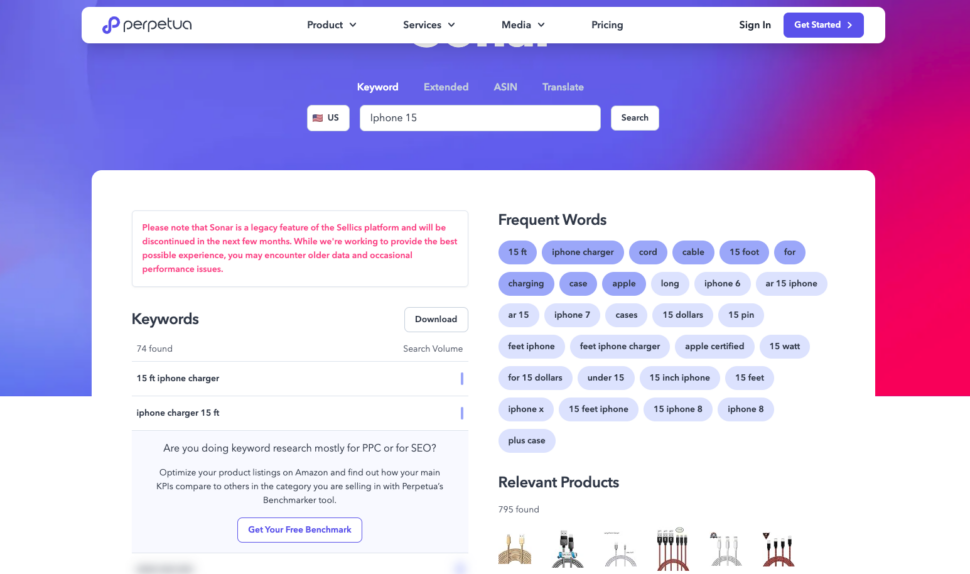
Because Google Shopping is so intrinsically connected to the Google search engine, your choice of SEO keywords will make or break your search campaigns. So naturally, step one in Google Shopping success is SEO research and keyword optimization.
Basically, you want to find what words your potential customers type in (or speak if they’re using a virtual assistant) when searching for your products. Different types of people have different ways of using Google and other search engines, so it’s best to find concrete SEO data rather than guessing. You should also keep an eye out for negative keywords, which you can choose to exclude your product from to make sure it only shows up in relevant product searches.
To find the most effective search terms for your product, it’s best to use a keyword research tool or analytics software like Google Analytics. This software reveals the most popular search queries and displays them in easy-to-understand charts and graphs, applicable to beginners and experts alike.
2. Optimize product data in Google Shopping feeds
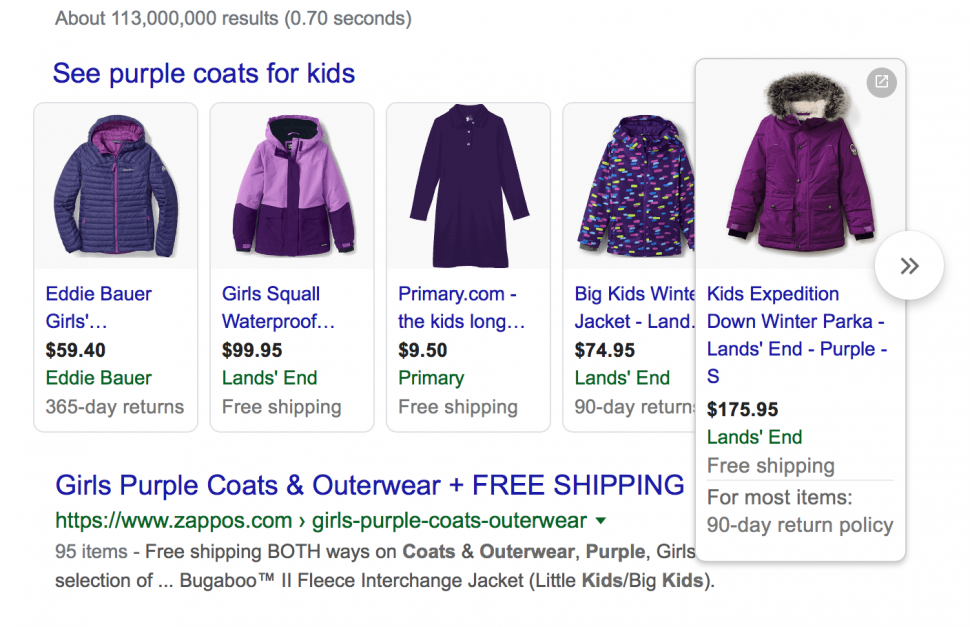
Google Shopping feed optimization is absolutely essential. This is where you input your product data so the algorithm can assess it to determine which search queries, if any, to show your product listing in.
For starters, you’ll want to include all the product information mentioned above when we talked about how the Google Shopping ads algorithm worked. This encompasses all your product attributes, including an item ID like a GTIN or UPC.
It’s also an ideal opportunity to use those SEO keywords, especially in the product title and description. Your product title is perhaps the most important part for SEO keywords, so be sure to mention details like the brand, product type, and other top keywords. The product description is a good place to use all the keywords that didn’t fit in the title.
3. Assess Google Shopping campaign priority for specific products

Google Shopping campaigns can get fairly meticulous, which is why micromanaging gives better results.
For one thing, don’t use the same campaign structure for different product types — it’s better to customize them for individual products. It helps to segment your products into product groups and then build a campaign strategy just for those particular products. This allows you to target certain types of customers or keywords that don’t apply to other product groups.
Moreover, you should allocate your resources based on performance. In other words, give a successful campaign priority over unsuccessful ones. Be mindful about which metrics you consider “successful” though.
Typically, you’ll want to look at return on ad spend (ROAS); this metric is a ratio of how much you spend on advertising versus how much you make on sales with that particular campaign. If a campaign has a high ROAS, it’s a marketing success and you should invest more in it. If it has a low ROAS, you need to rethink your strategy, such as advertising in a different place, fine-tuning your strategy to minimize or maximize traffic, or dropping the product altogether.
Another useful metric is your conversion rate, the percentage of people who clicked the ad and purchased your product (compared to people who clicked the ad but didn’t buy). Ad campaigns with high conversion rates are successes — the ad essentially does its job in convincing people to buy the product.
4. Segment Google Shopping campaigns by product groups

Following on the previous tip, it’s smart to segment your Google Shopping campaigns into related ad groups, typically by the product type. Uniform product categories tend to have a lot in common when it comes to campaign structure, so it helps you stay organized by grouping them accordingly.
Items in the same product category usually have the same potential customers, so the marketing strategies that work for one product will often work for another. This allows you to co-opt the same ad campaign structure for multiple products to save you time without sacrificing results.
Alternatively, you can create Google Shopping ad groups based on other metrics, such as geographic location, seasonal products, or items on sale. Google Ads allows retailers to use custom labels to better organize their ad campaigns, so feel free to personalize your labels in a way that’s easy for you to keep track of.
5. Consider Google Performance Max and Smart Bidding
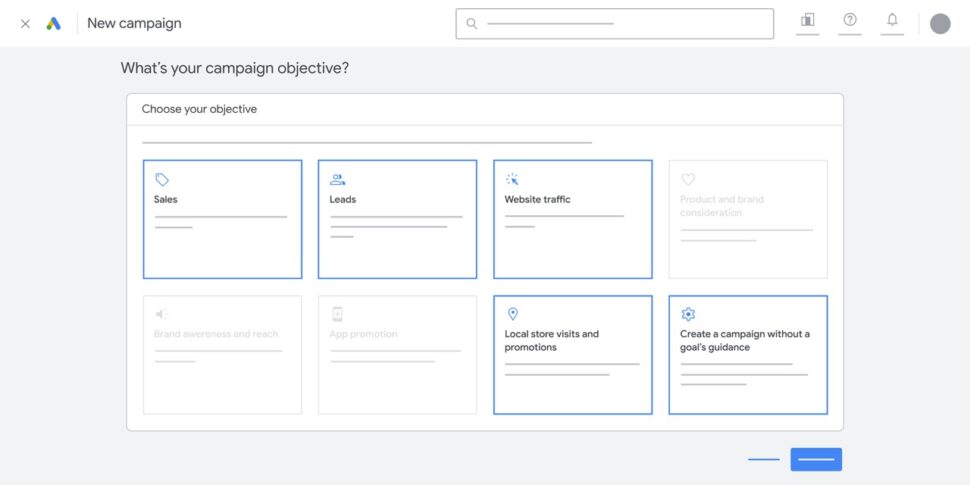
Google Merchant Center offers two automated services to help streamline your e-commerce business: Performance Max and Smart Bidding.
Performance Max, formerly called Smart Shopping, uses AI machine learning to experiment with different ad campaign strategies across a variety of Google networks to see which ones work and which ones don’t. It uses automated bidding strategies and advanced analytics to pinpoint the top advertising opportunities for any particular product (although you still have to fill in the product data yourself). While Smart Shopping only worked with Google Shopping Ads, Performance Max extends to all of Google’s platforms.
Similarly, Smart Bidding also uses machine learning, but exclusively for bidding strategies. You can choose your goal of increasing either sales/leads or profits overall, and from there Google’s AI experiments with different bidding strategies to find the perfect fit for what you’re looking for.
In Smart Shopping, Smart Bidding, and Performance Max, you have the benefit of advanced AI working for you to reveal the top identifiers and variables for ad campaign optimization. The downside is that you don’t have direct control. While this can be a huge advantage for people who prefer to automate these kinds of tasks, if you have a special expertise or veteran sales instincts, you might feel more comfortable taking the wheel yourself.
6. Optimize your product images
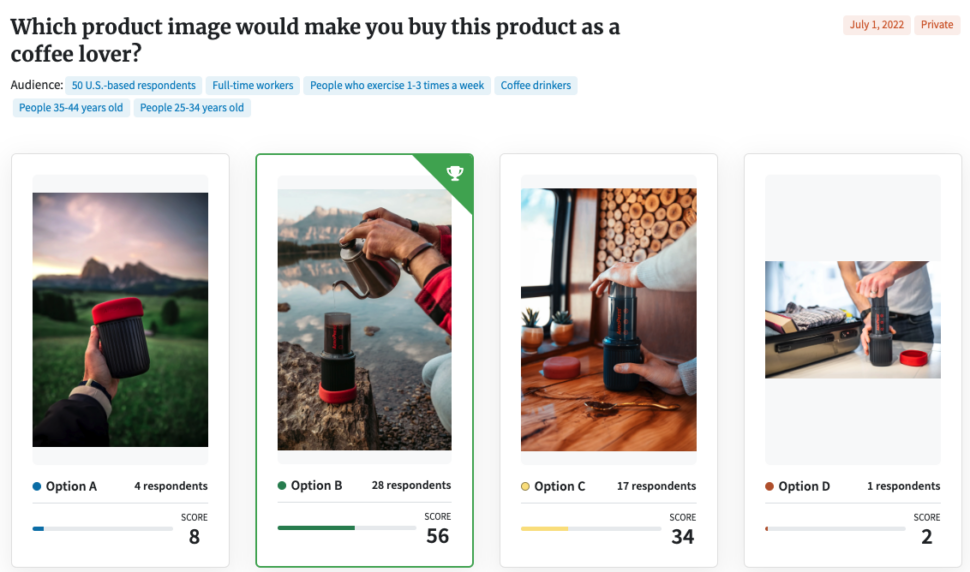
Last but not least, be sure to use only the best product images. Ads with pictures perform better than text ads, but having just any picture isn’t good enough — you need to have the right one.
For starters, that means using high-quality images, preferably taken with a professional camera, although a top-tier smartphone camera can work as a last resort. It also means uploading your images correctly, especially using the image link attribute (written as [image_link]) for your main and best photo.
However, the technical requirements are only the beginning. Product images are absolutely crucial for e-commerce success because that’s what potential customers use to gauge the product: they can’t pick it up and move it around in their hands, so they depend on product images to make purchasing decisions.
The problem is that different products attract different customers, and different customers have different tastes. Product images that excel for one type of product may be disastrous for another. How do you know which product images will work with a particular audience?
PickFu offers A/B testing with real consumers for this exact scenario. You just show two or more sample images to a group of participants and ask which one they prefer. They’ll also provide comments to explain their thought process and provide insights into future decisions.
The beauty is that you can filter who participates in your test, choosing among demographics like age group, income, or geographic location, as well as psycho-demographics like shopping behaviors. This allows you to isolate people just like your own unique customers and hear what they have to say in their own words.
Example: AeroPress choosing the right image For Google shopping
See how AeroPress used PickFu to find the best product picture for their audience. They ran a PickFu test on four different images to see which resonated with their target audience: coffee drinkers and full-time workers between the ages of 25-44 who exercise 1-3 times a week. That’s a pretty particular audience, but they were easily able to find 50 participants in the U.S.
And the results were clear! Although other photos had their top fans, one choice was overwhelmingly the favorite, letting AeroPress know without a shadow of a doubt which picture to use as their main image. On top of that, they get excellent feedback from real-live potential customers on why they favored that image.



